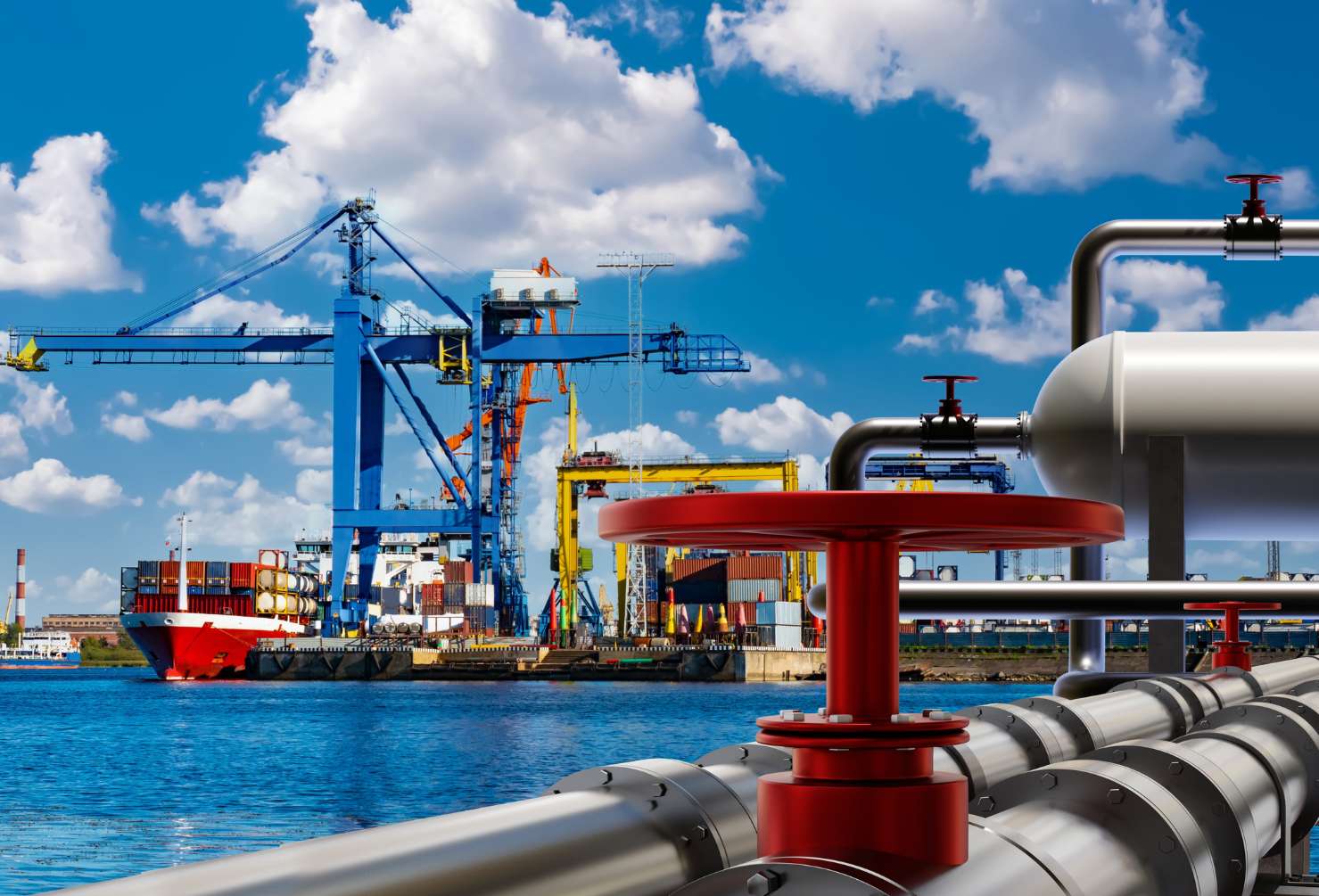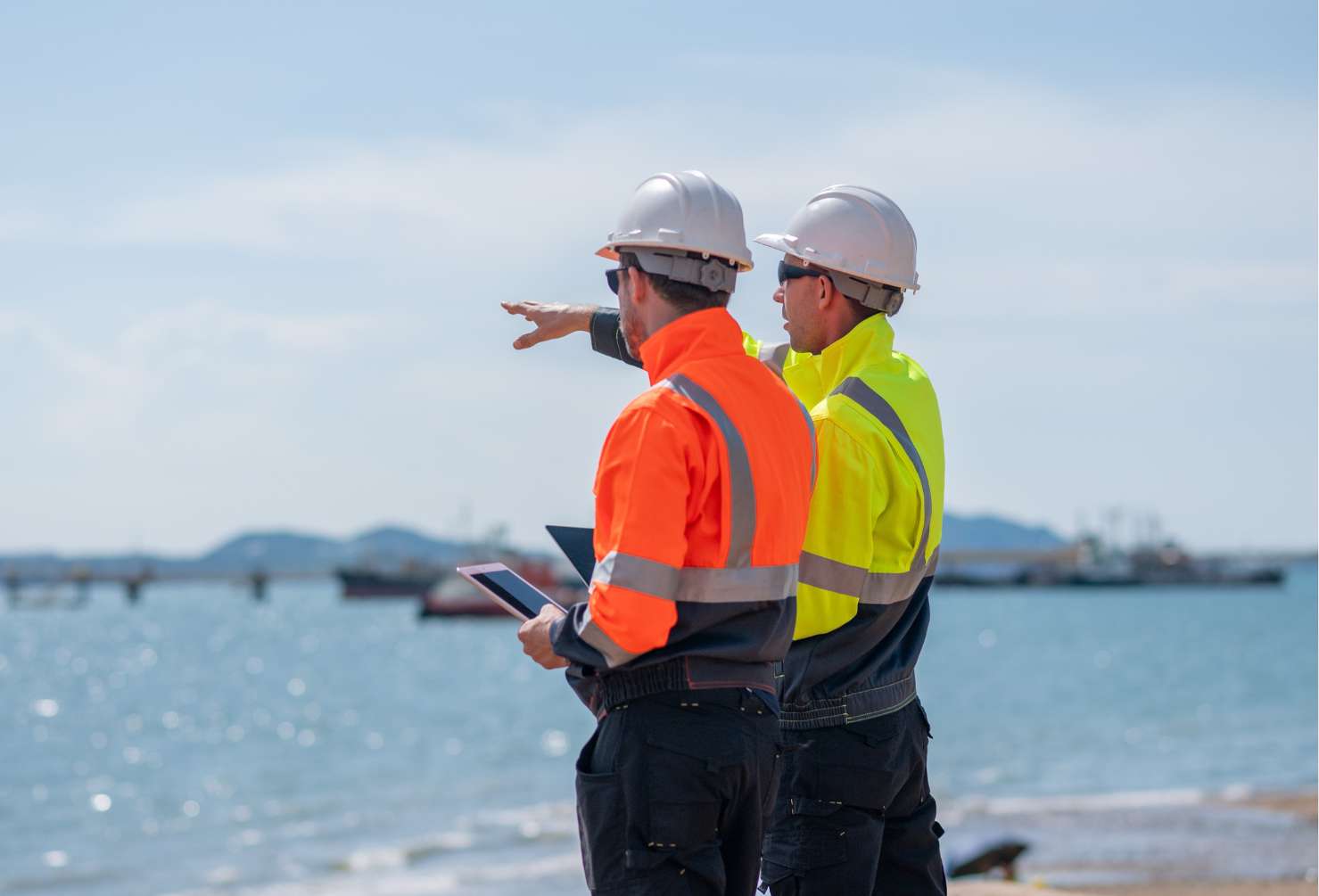
With Labor securing another term in the May 2025 federal election, attention has quickly turned to what their early decisions signal for Australia’s energy future. For oil and gas professionals, field-based workers and industry employers, these first steps are more than political gestures. They shape the environment in which major projects will move forward, jobs will be created and skills will be in demand.
This article breaks down what Labor’s initial weeks in office reveal about their direction on energy. We look at the likely impacts on gas and oil projects, the workforce and how employers should be planning for what comes next.
A Clearer Path for Gas Approvals
One of the first signals from the re-elected government was a push to provide more certainty on project approvals, particularly for gas. Early statements from ministers and policy briefings have focused on:
- Streamlining environmental approvals for key gas developments
- Supporting existing LNG infrastructure to continue operating with enhanced emissions commitments
- Prioritising approvals reform as part of a broader productivity agenda
For employers and contractors, this suggests a more predictable environment for bringing gas projects online. For workers, it points to continued strong demand for skills in upstream gas, LNG operations and associated infrastructure.
Backing Domestic Gas for Energy Security
Labor’s early messaging has reaffirmed domestic gas supply as a priority. The government’s first days have seen:
- A renewed commitment to ensure east coast gas availability, with the potential for revised domestic gas reservation mechanisms
- Support for projects that balance export value with local supply security
- Engagement with industry on longer-term gas pricing and availability strategies
For the oil and gas workforce, this reinforces the role of gas as a core pillar of Australia’s energy mix. It means ongoing job creation in exploration, production and infrastructure that supports both domestic consumption and exports.
Positioning LNG for the Long Term
The North West Shelf extension approval, while in train before the election, aligns neatly with Labor’s early energy priorities. The government’s initial actions indicate support for:
- Keeping LNG exports strong as part of Australia’s contribution to regional energy security
- Leveraging existing infrastructure for longer project lives, reducing the need for new greenfield developments
- Working with industry on emissions management strategies tied to LNG operations
This presents a stable outlook for workers in WA and beyond. LNG remains a reliable source of employment for tradespeople, operators and specialists, with long-term roles now firmly on the table.
Hydrogen, CCS and Renewables: Supporting Roles for Now
While Labor continues to promote a balanced energy mix, the first few months of their term have seen oil and gas stay firmly in focus. Hydrogen and carbon capture and storage (CCS) have featured in announcements, but mostly in terms of pilot funding and early-stage support.
For workers and employers, this means:
- Hydrogen and CCS are important areas to watch, but large-scale workforce demand remains centred on oil and gas
- Training and upskilling in these fields will be a longer-term play
- Oil and gas experience will continue to provide the most immediate and transferable job opportunities
What Workers Should Expect in the Short Term
Labor’s early energy moves point to steady activity in the oil and gas sector over the next few years. For field-based workers, this translates to:
- Consistent demand for mechanical, electrical, instrumentation and rigging trades
- Growth in supervisory and management roles as projects scale up
- Increased opportunities for workers with dual skill sets, such as experience across both onshore and offshore operations
Workers should also be prepared for employers to seek greater flexibility. Multi-skilled, adaptable employees will be highly valued as projects balance construction, maintenance and upgrade activities.
How Employers Can Stay Ahead
For oil and gas employers, Labor’s early actions provide a roadmap to help guide workforce strategies. Key considerations include:
- Retention planning: With strong demand across multiple projects, holding onto experienced workers will be critical
- Upskilling programs: Offering pathways for workers to develop new competencies, including in digital operations and low-emissions technologies, will help future-proof teams
- Indigenous engagement and regional partnerships: Aligning with government priorities by building diverse, inclusive workforces and supporting local economies
Employers will also need to monitor how approvals reform takes shape. Faster decisions on project applications could mean shorter lead times and a need to scale up workforces more rapidly.
Emissions and Environmental Expectations
Labor’s early focus on energy policy has balanced project certainty with environmental accountability. The government has:
- Reaffirmed Australia’s net zero targets, with oil and gas operators expected to play a role in achieving them
- Indicated that large projects will face closer scrutiny on emissions management and offset plans
- Signalled support for technologies that help traditional energy reduce its environmental footprint
This creates opportunities for workers with experience or interest in health, safety and environment (HSE) roles, as well as those keen to move into emissions management and monitoring.
The Broader Market Impact
Labor’s early actions suggest a pragmatic energy policy that aims to:
- Keep gas as a backbone of the energy system while renewables and hydrogen continue to scale
- Provide investors and operators with confidence to proceed on major oil and gas developments
- Protect domestic supply as a key political and economic priority
For the workforce, this points to stability and opportunity. The next few years are likely to offer a steady stream of work across upstream gas, LNG, pipeline projects and related infrastructure.
Key Takeaways for the Oil & Gas Workforce
Labor’s first days in office offer clear signals for Australia’s energy sector. The focus is on certainty, continuity and a balanced approach that keeps gas at the centre of the mix while supporting emerging technologies.
For oil and gas workers:
- The outlook is positive, with strong demand for skilled labour across multiple regions
- Now is the time to invest in maintaining certifications and considering upskilling in emerging areas
- FIFO and DIDO opportunities are set to remain strong as major projects progress
For employers:
- Workforce planning should account for steady project flow and rising competition for skilled labour
- Strategies that support retention, training and workforce diversity will align with both commercial and policy priorities
- Staying across regulatory developments will be key to responding to approvals and compliance requirements
As Labor’s term progresses, the details of their energy strategy will continue to take shape. What is already clear is that oil and gas will remain a central player in Australia’s energy system for the foreseeable future.





